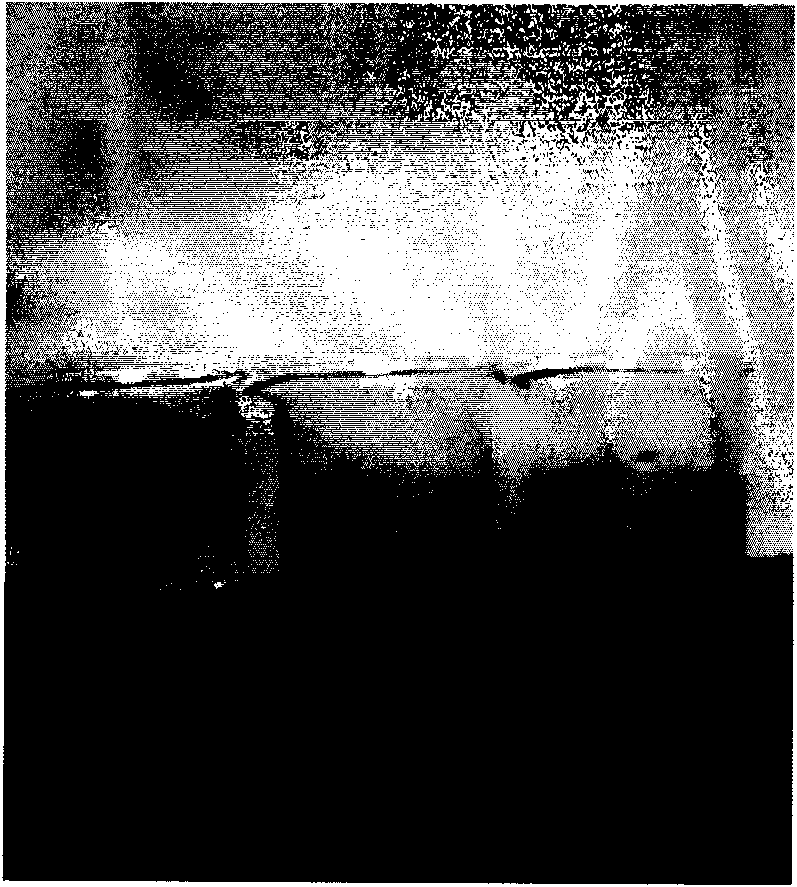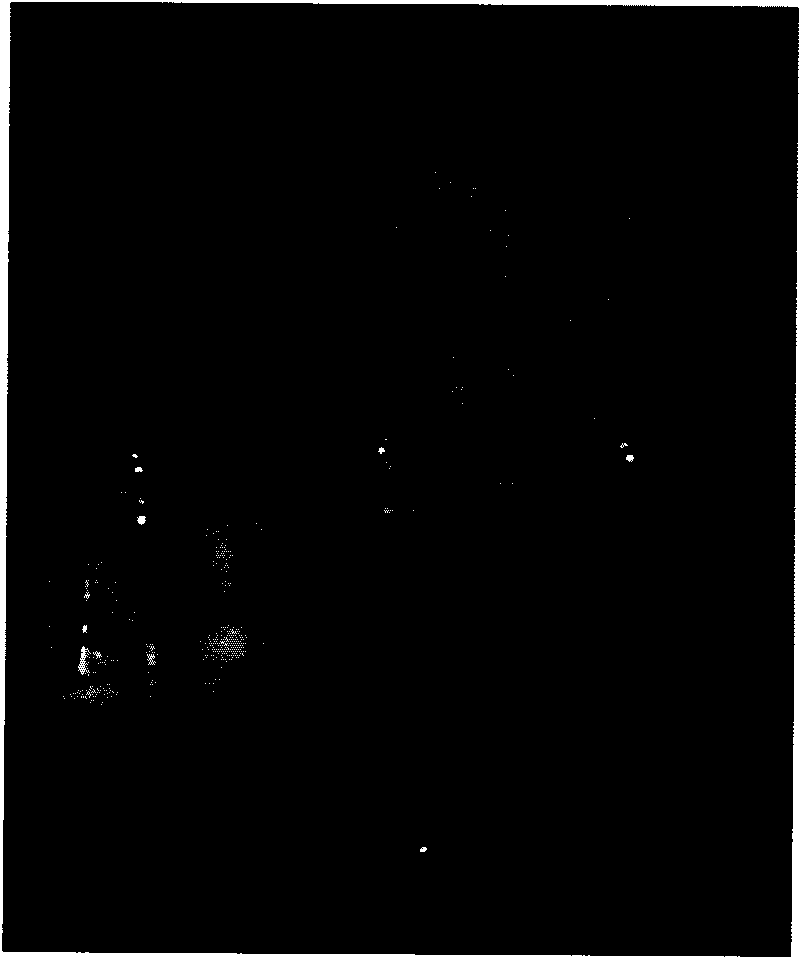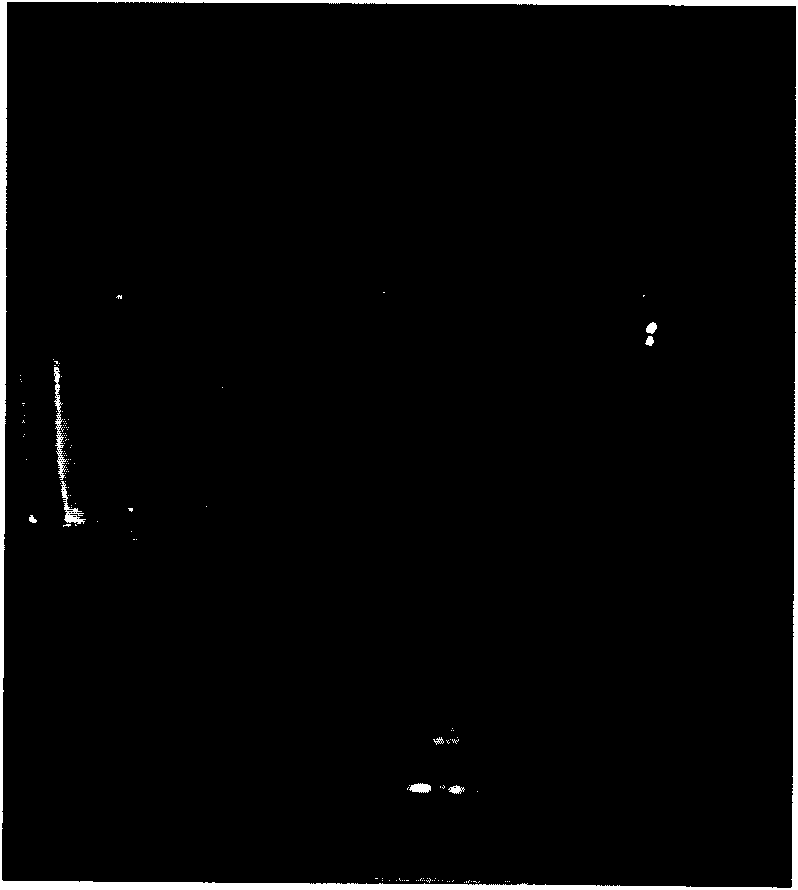Environmentally friendly process for dying textiles
A kind of textile and environment-friendly technology, applied in the field of dyeing technology of environment-friendly textiles, can solve problems such as high COD value, difficulty in fabric cleaning, floating color and deep color Celsius, etc., and achieve the effects of saving costs, improving production technology, and reducing pressure
- Summary
- Abstract
- Description
- Claims
- Application Information
AI Technical Summary
Problems solved by technology
Method used
Image
Examples
Embodiment 1
[0035] Embodiment 1, pre-dyeing treatment process
[0036] The special surfactant Noveco based on clay minerals is used instead of the commonly used additives: scouring degreaser, oxygen bleach stabilizer, bath softener. Noveco not only has multiple functions, but also has adsorption effect on dissolved organic matter in sewage, which can reduce COD and BOD in the process of water treatment.
[0037] The chemicals added during production are as follows:
[0038]
[0039]
[0040] The production process is:
[0041] Fill the dye vat with water to the requirement → put the fabric into the dye vat → add the agent as shown in the above table, the order is 321 → heat up to 95 degrees Celsius → keep warm for 50 minutes → cool down to 60 degrees Celsius → drain → water into the dyeing vat → heat up to 80 degrees Celsius and keep warm for 15 minutes → Cool down to 60 degrees Celsius and drain→water intake→acid wash at 50 degrees Celsius for 10 minutes→add 0.015% deoxygenase an...
Embodiment 2
[0044] Embodiment 2, dyeing
[0045] High-efficiency reactive dyes replace ordinary reactive dyes.
[0046] For dyeing at the same depth of temperature and color shade, the dye with high strength will use a small amount and have high lifting power; the dye with low strength will use a high amount and low lifting power, and when the dye dosage reaches a certain high temperature, it will exceed the fabric’s ability to absorb. At the maximum value, the dye will no longer be dyed on the fabric fiber, but will remain in the dye solution or float on the fabric surface. The remaining dye liquor will be discharged as waste water, and the dyes floating on the surface of the fabric will be finally discharged after repeated soaping, which will cause environmental pollution. On the contrary, the use of high-efficiency reactive dyes, small dosage, low chroma of dyeing residue, good fastness, and less soaping times, not only reduces the cost of the enterprise, but also reduces the discharg...
Embodiment 3
[0047] Embodiment 3, soaping
[0048] During the soaping process, high-efficiency, energy-saving and environmentally friendly soaping agents are used to reduce the number of soapings. High-efficiency, energy-saving and environment-friendly soaping agent is a compound based on enzyme preparations, which can catalyze and decompose reactive dyes that have been hydrolyzed or have not been fixed, remove floating colors more fully, and improve soaping efficiency. The general dosage is 0.3-0.5g / l.
[0049] The soaping production process is as follows in Table 1:
[0050]
[0051] The agents used for soaping are shown in Table 2:
[0052]
[0053] This process is 6 steps, which is two steps less than the 8 steps of the conventional process flow (see Table 1 above), saving water, electricity, etc., and improving production efficiency. At the same time, the enzyme complex decomposes the unstained dye, and the color is light in the soaped water bath (see figure 1 , 2 , 3), to ...
PUM
 Login to View More
Login to View More Abstract
Description
Claims
Application Information
 Login to View More
Login to View More - R&D
- Intellectual Property
- Life Sciences
- Materials
- Tech Scout
- Unparalleled Data Quality
- Higher Quality Content
- 60% Fewer Hallucinations
Browse by: Latest US Patents, China's latest patents, Technical Efficacy Thesaurus, Application Domain, Technology Topic, Popular Technical Reports.
© 2025 PatSnap. All rights reserved.Legal|Privacy policy|Modern Slavery Act Transparency Statement|Sitemap|About US| Contact US: help@patsnap.com



